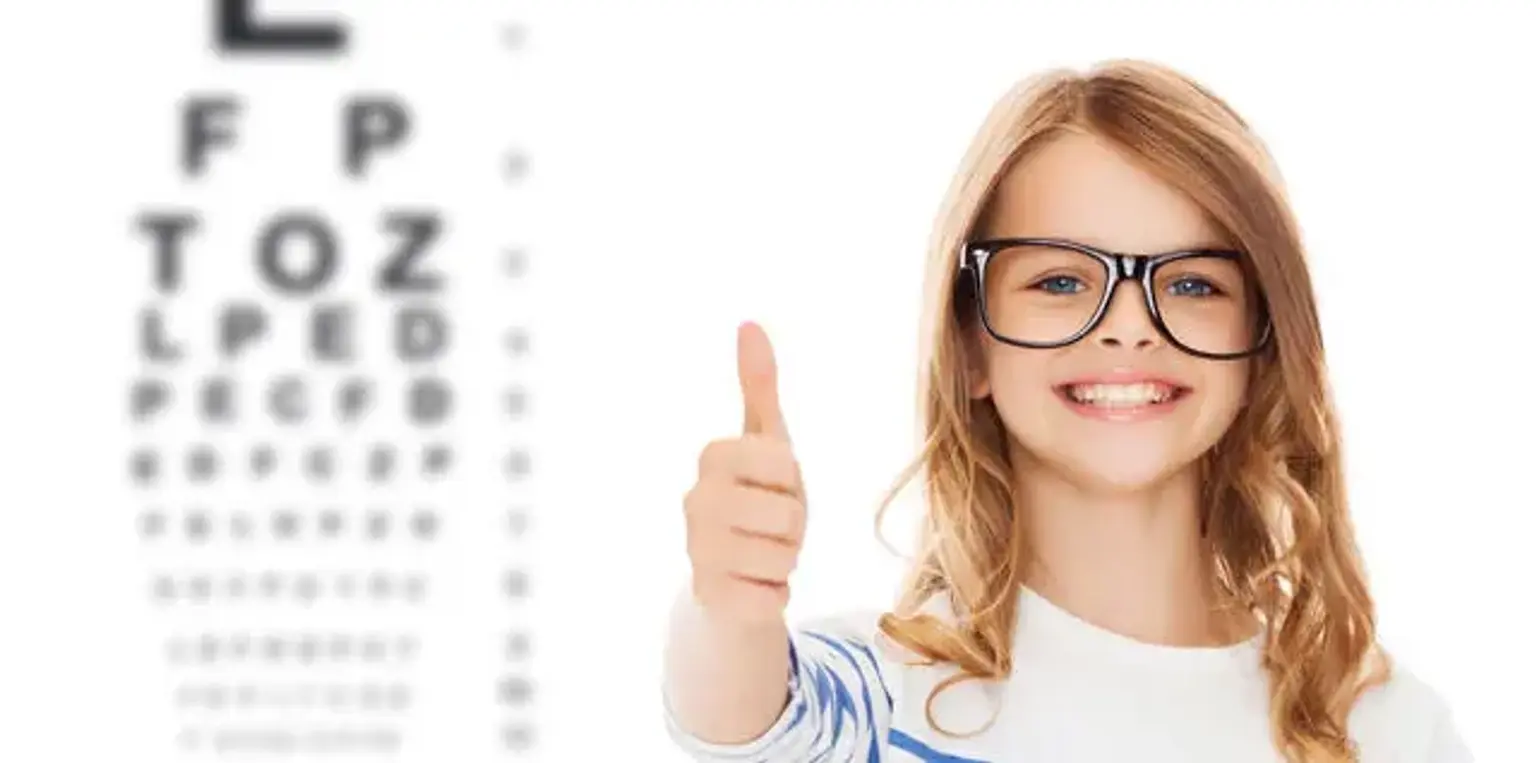Childhood Eye Diseases
Children typically learn through the eyes. Therefore, good healthy eyesight is essential for things such as writing, reading, watching, and even playing. Vision is not all about clearly viewing closer and far away. It also helps differentiate the similar letter like d and b accordingly. Furthermore, they enable easy remembrance of the information the child reads and pictures at the back of his or her mind.
Unfortunately, children’s eyes are highly susceptible to a wide range of childhood eye diseases and injuries. This is because they are still delicate and developing, unlike those of the adults. These eye conditions not only impact vision but also interfere with the child’s normal growth and development. Early diagnosis and treatment are thus essential.
